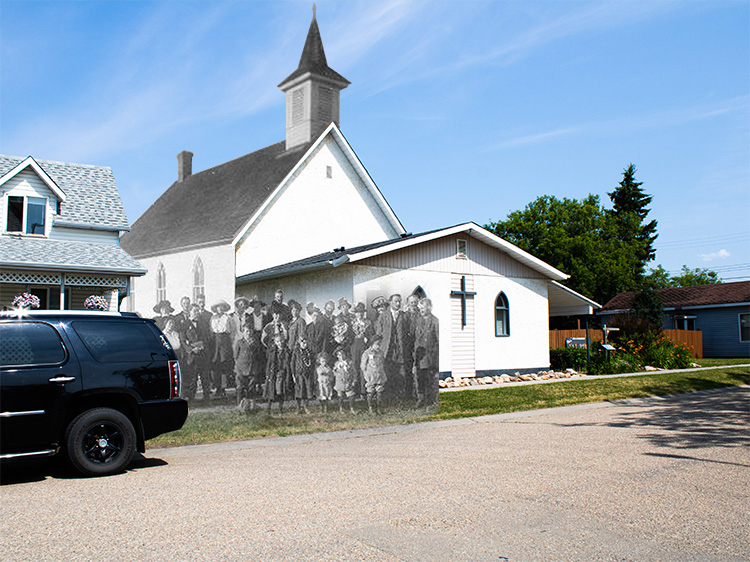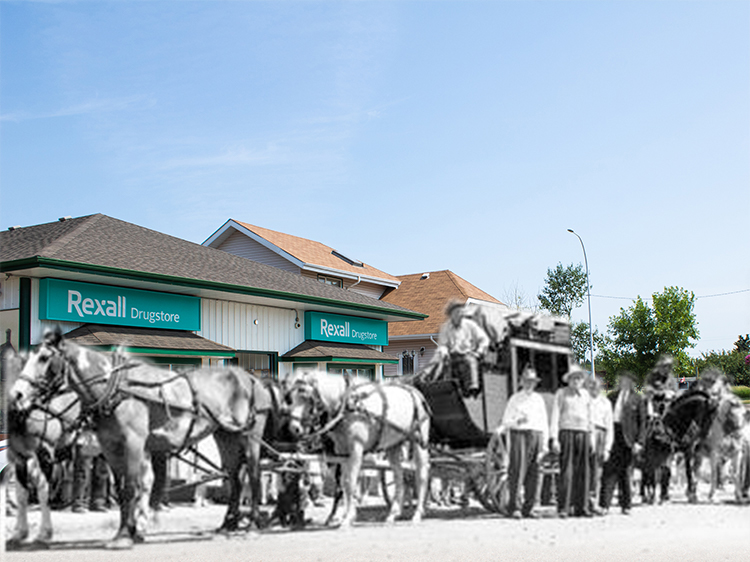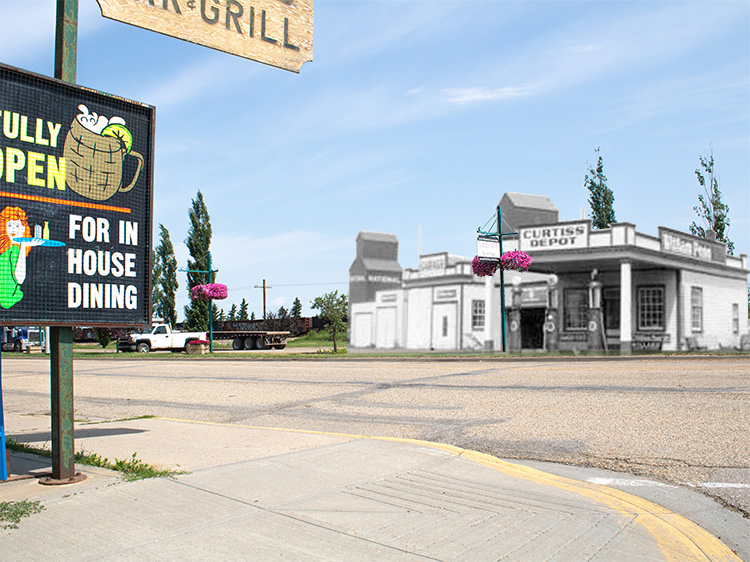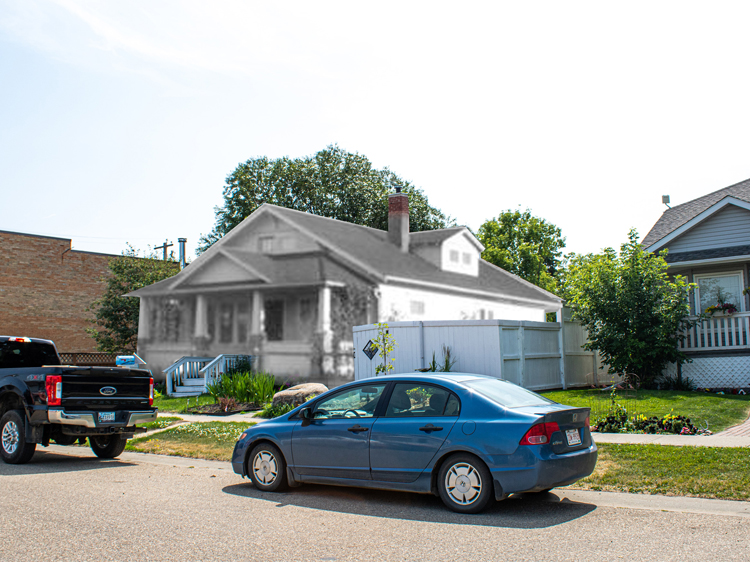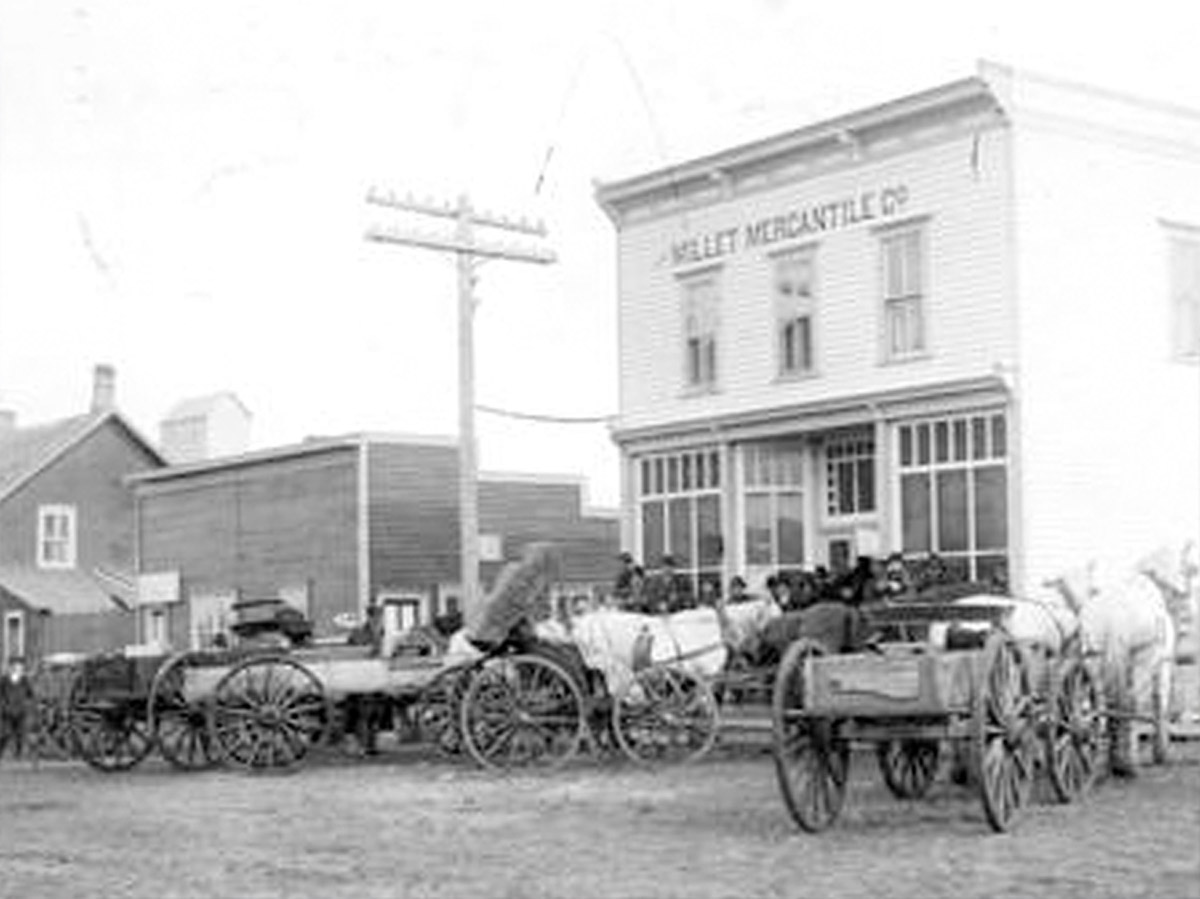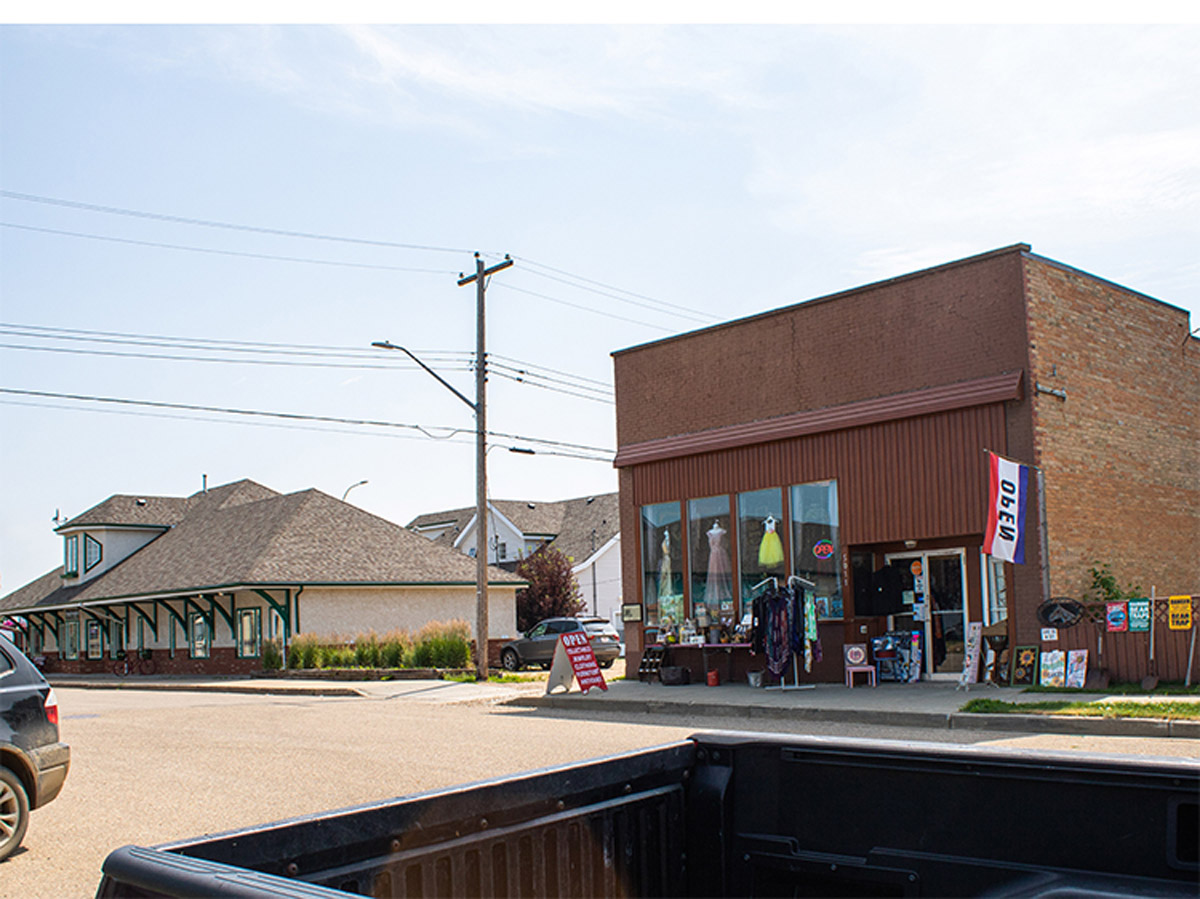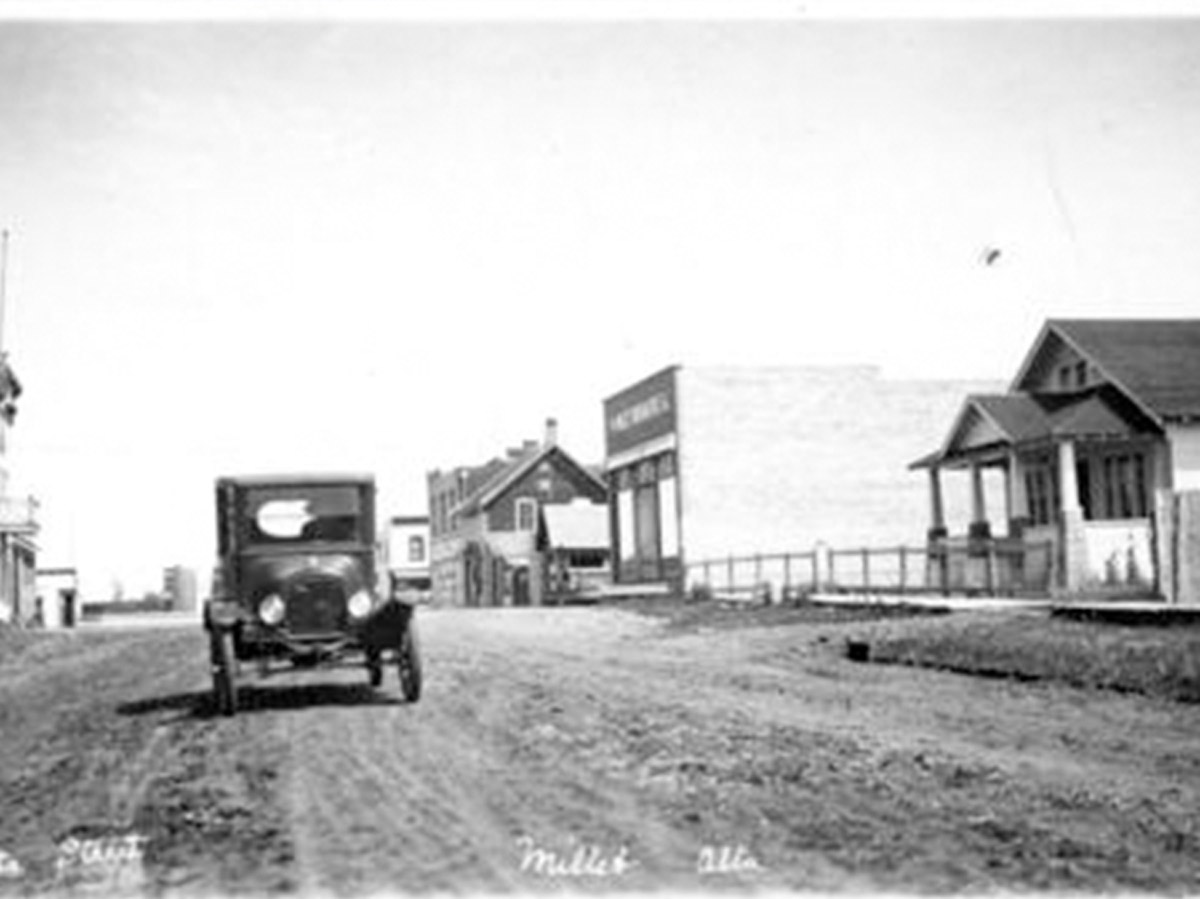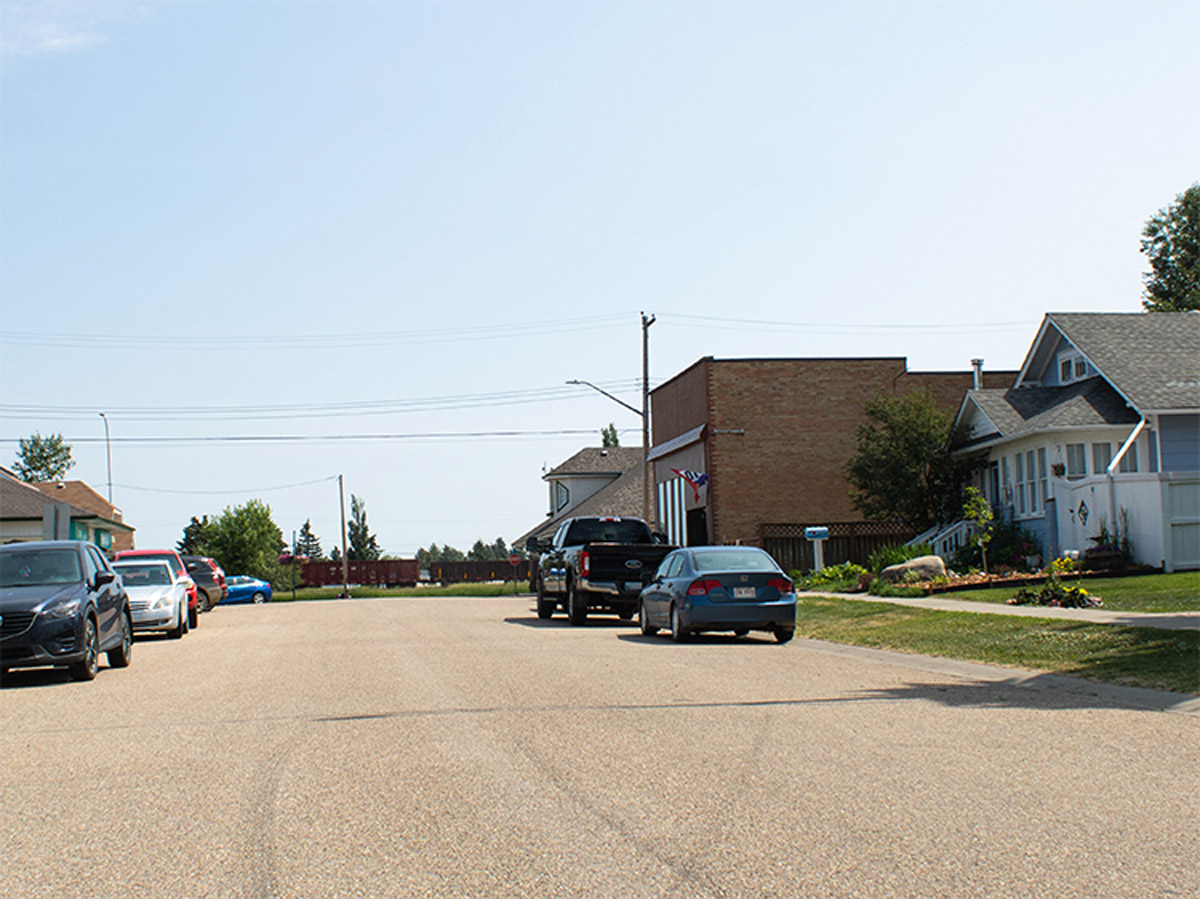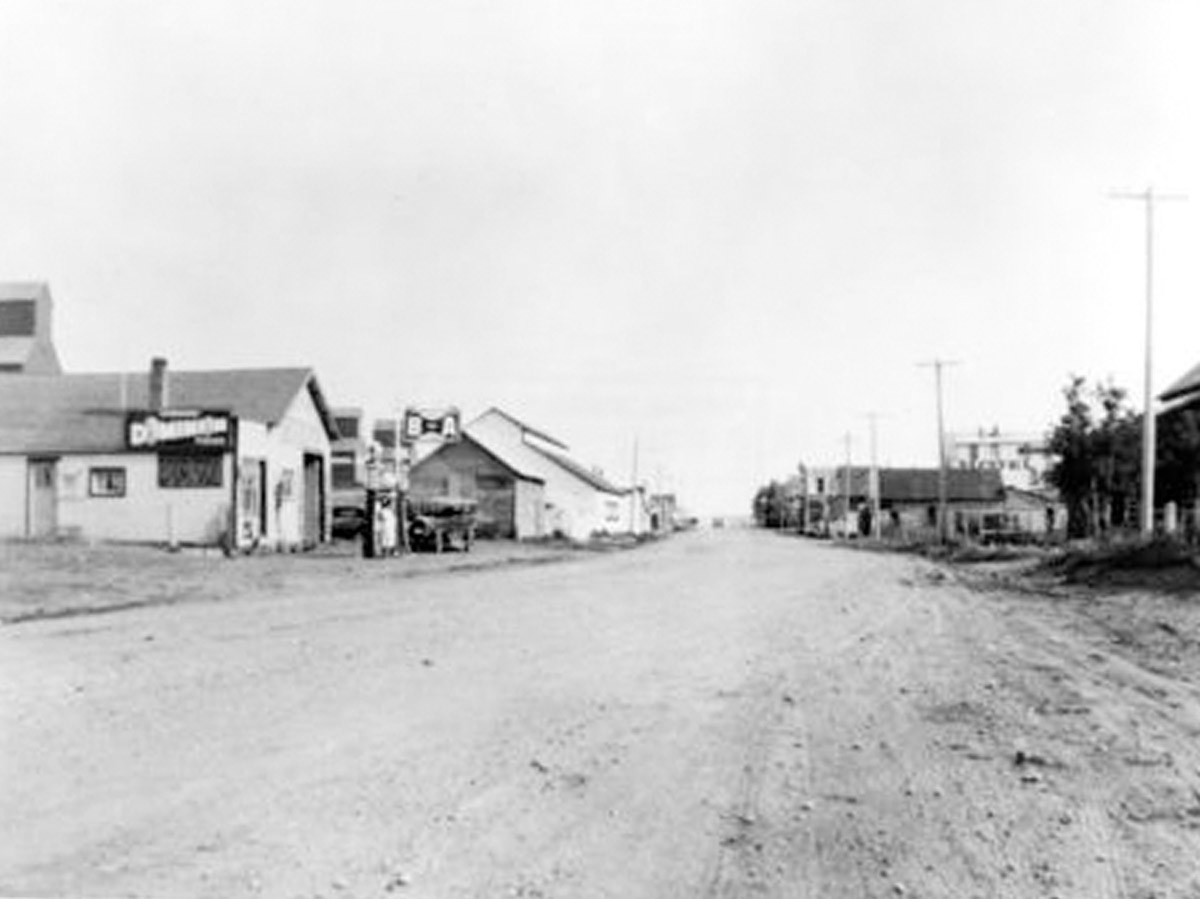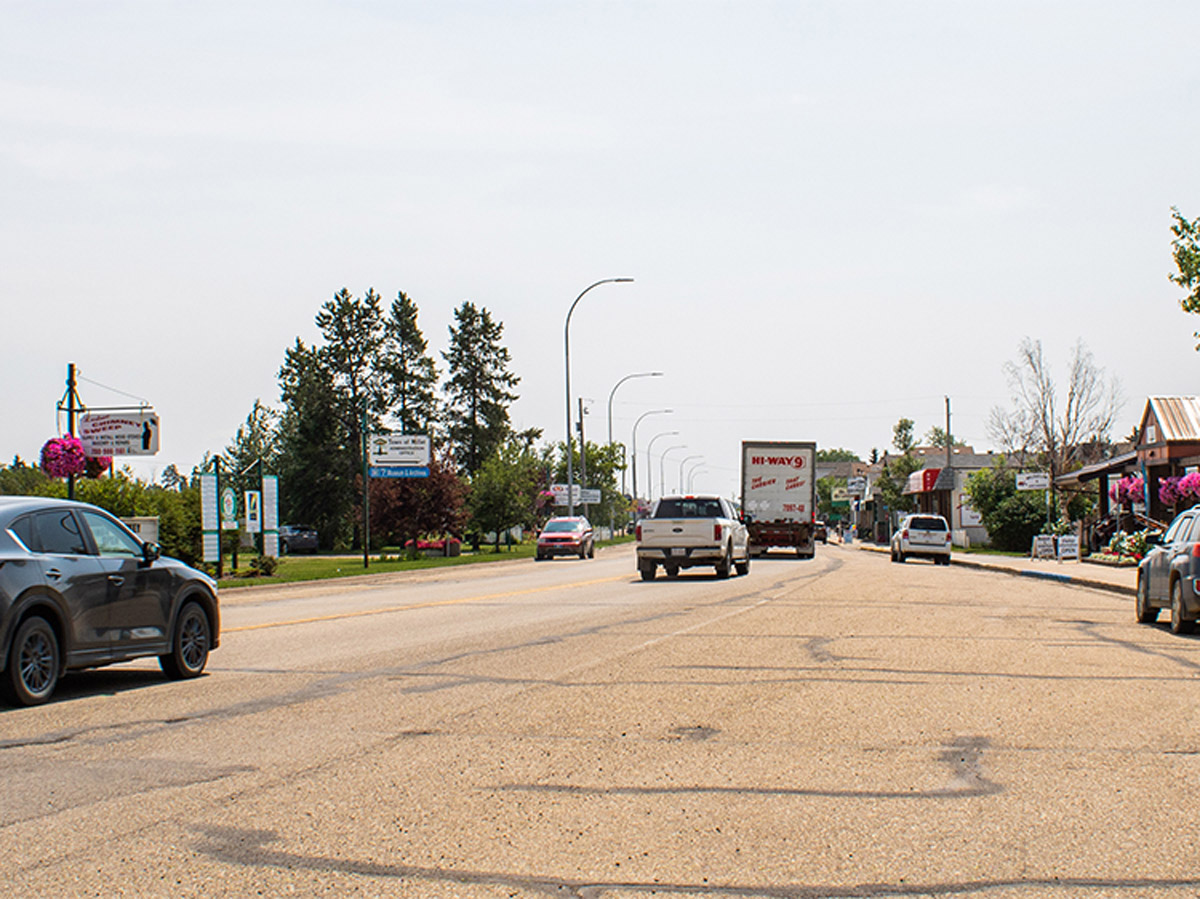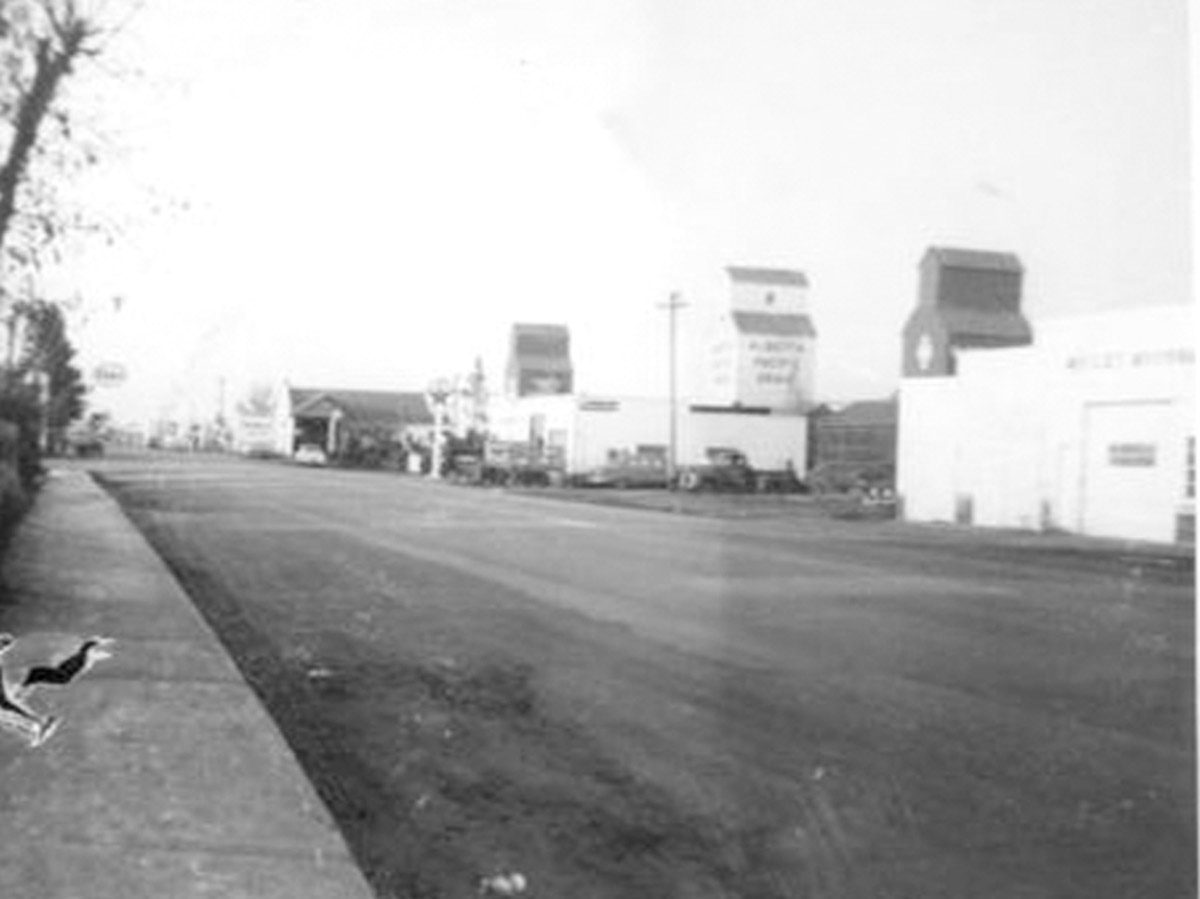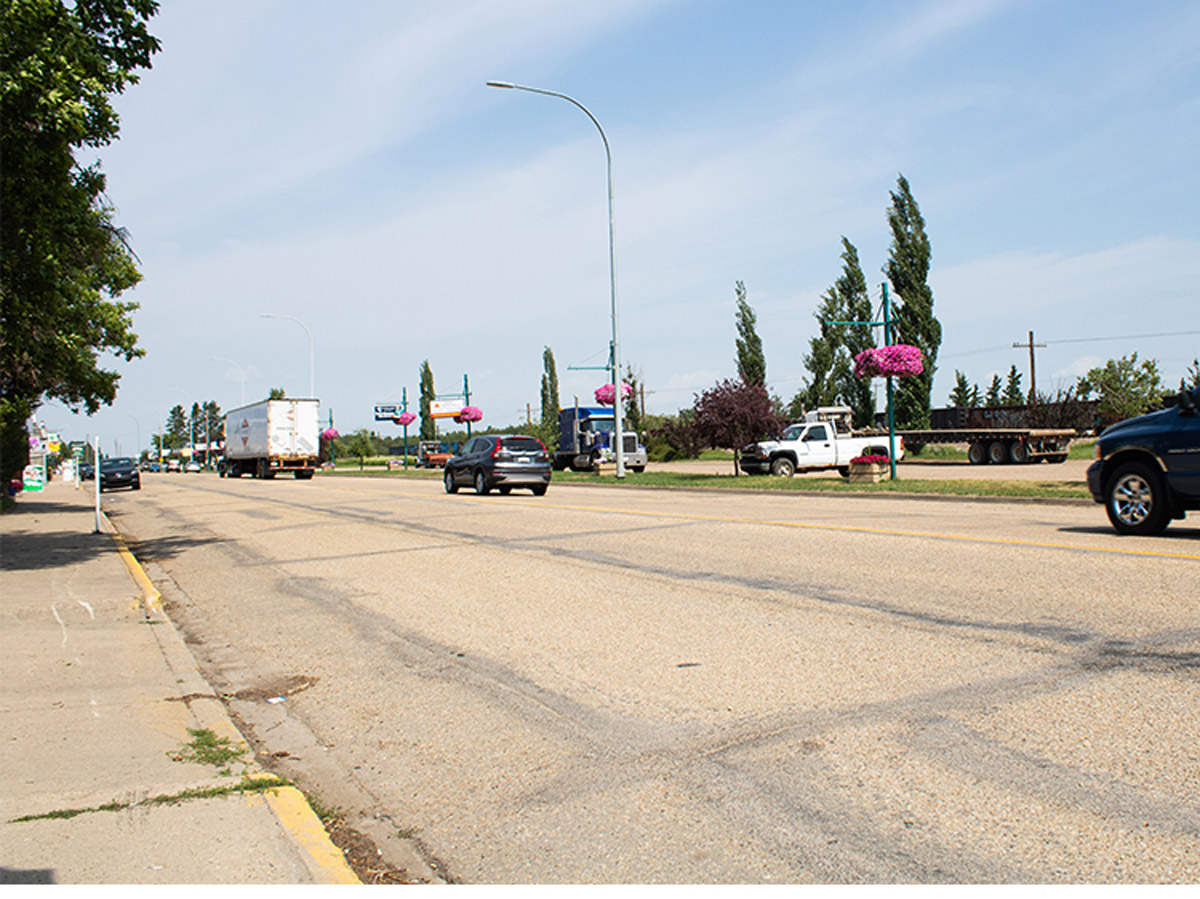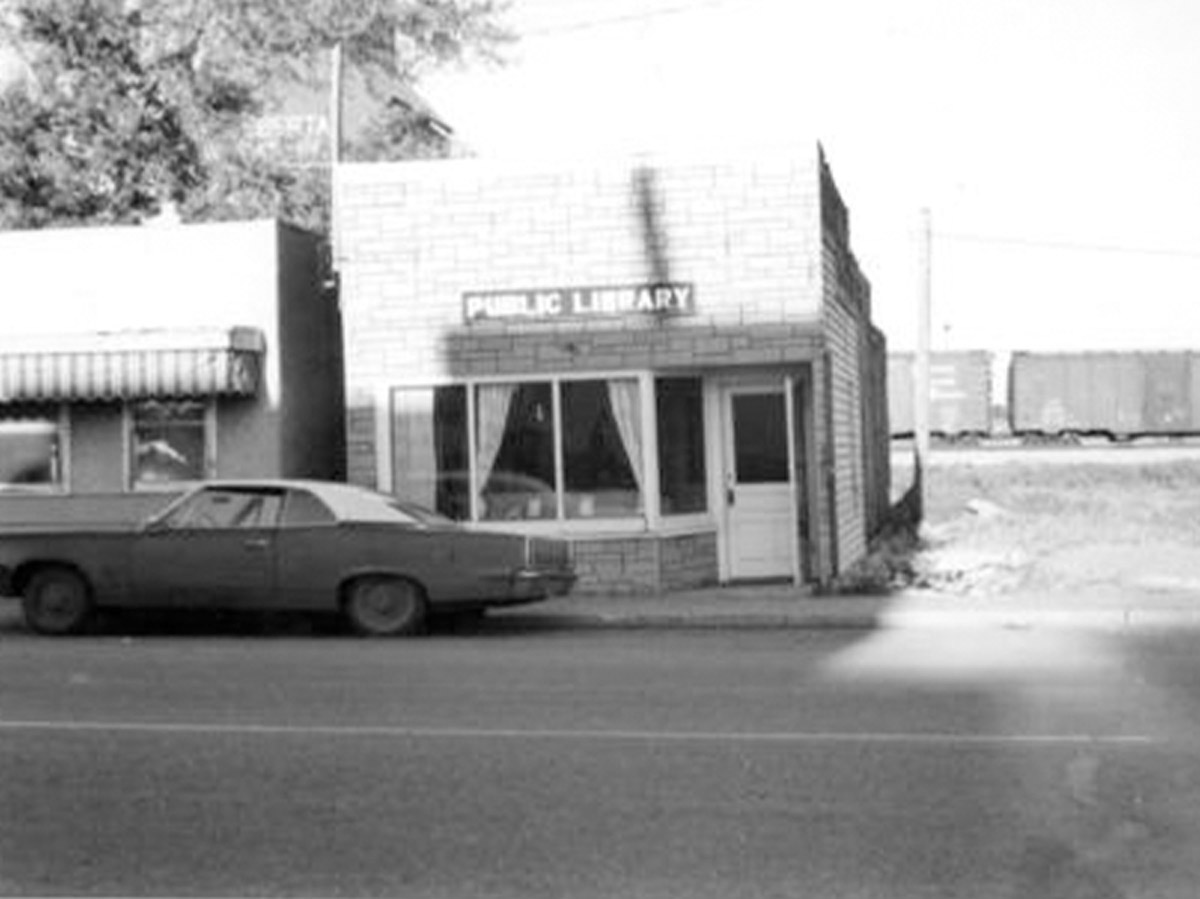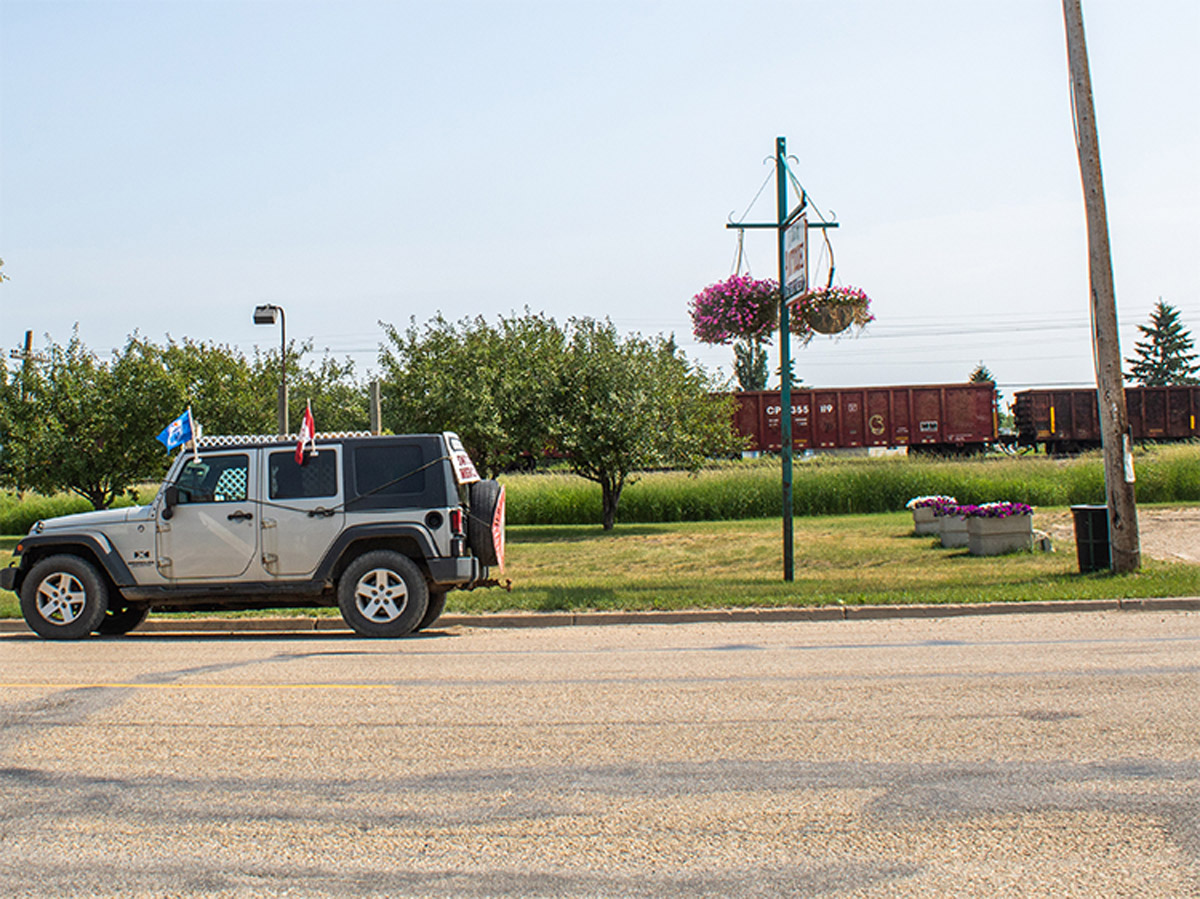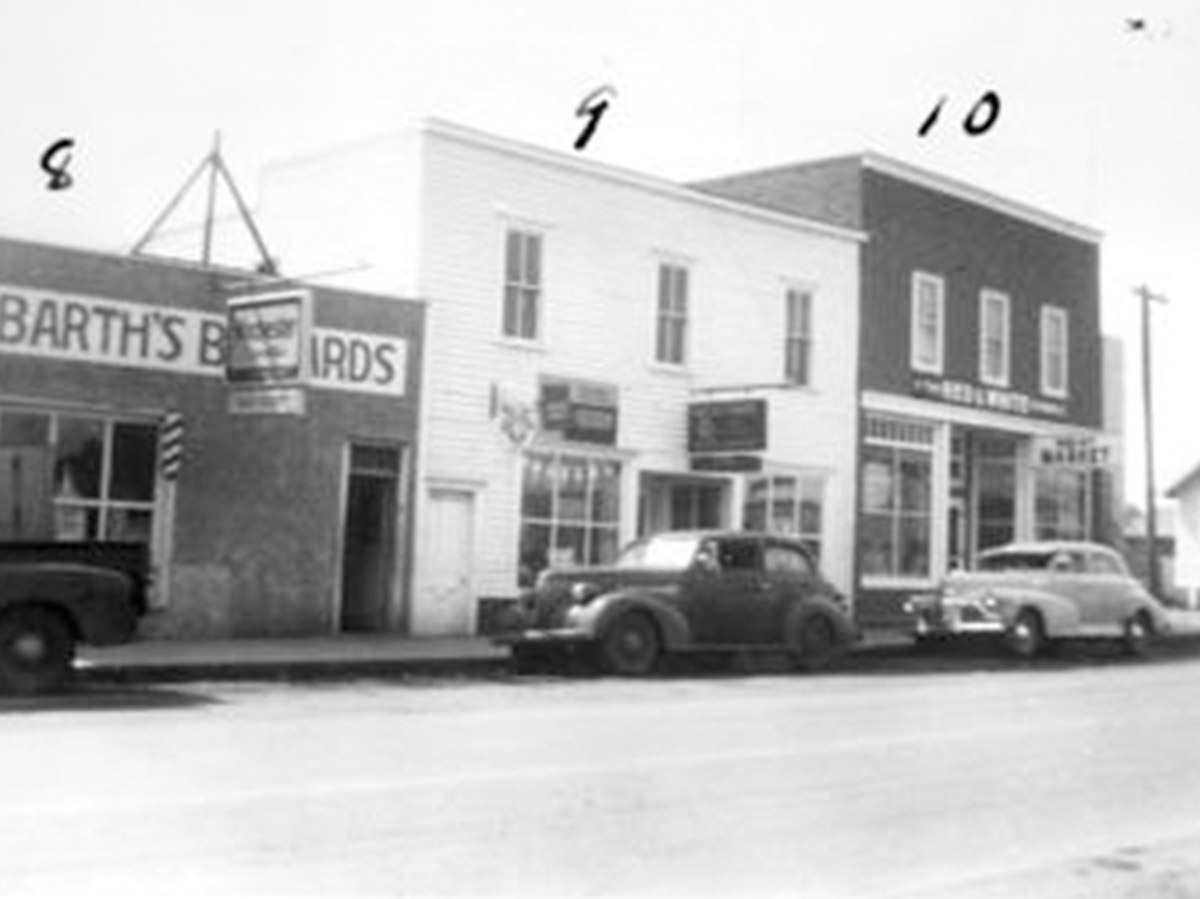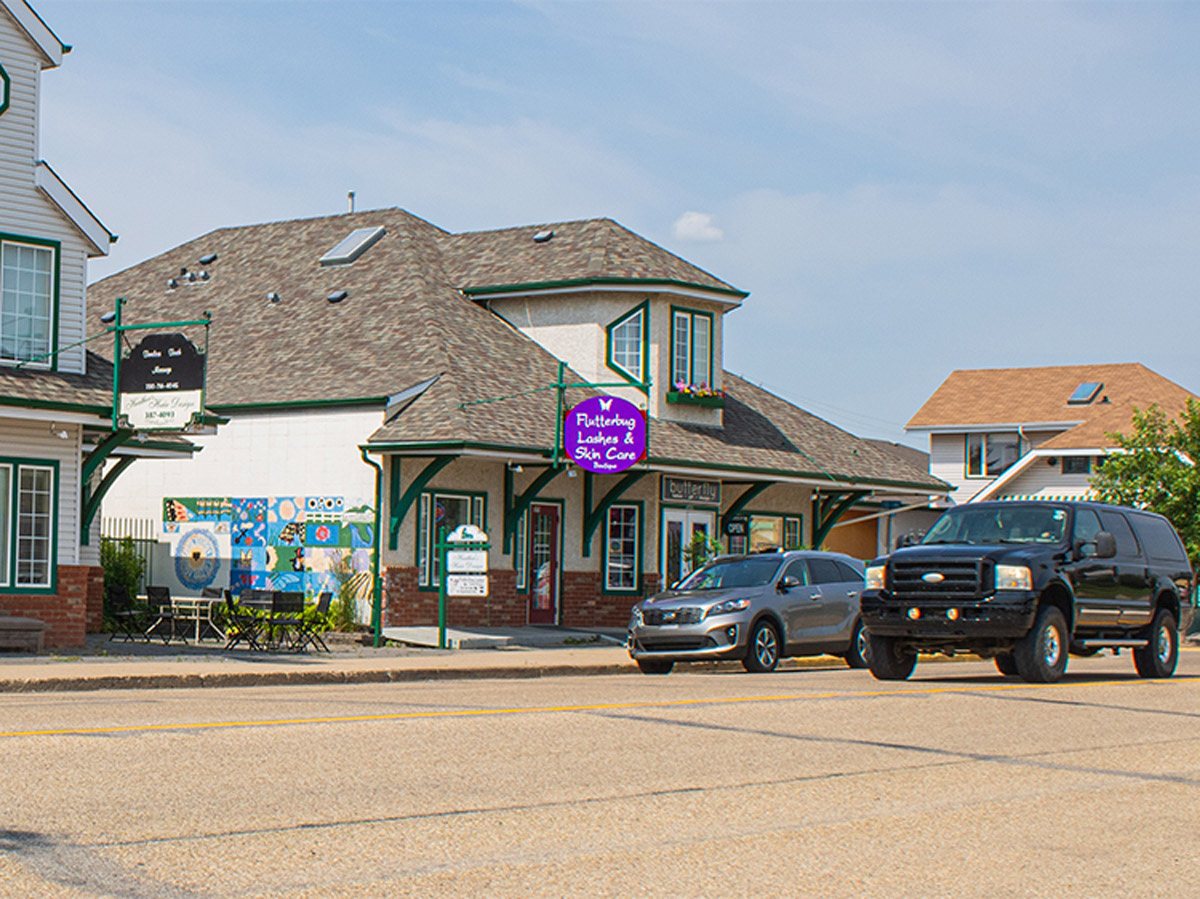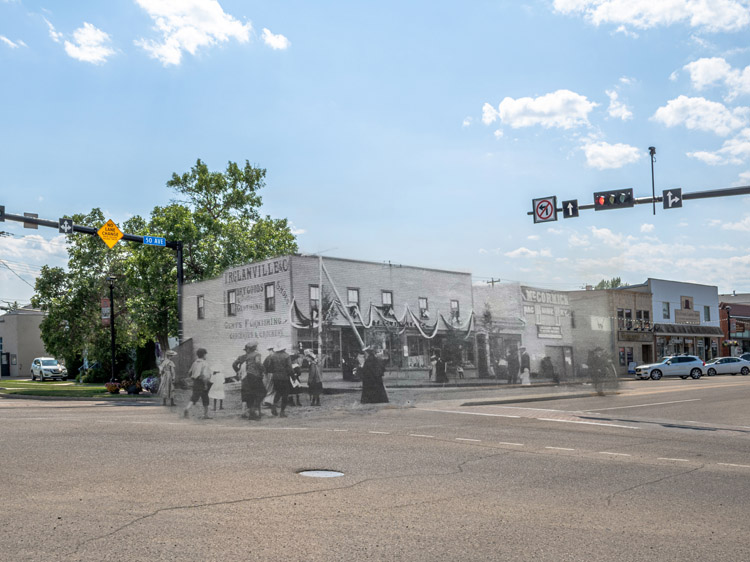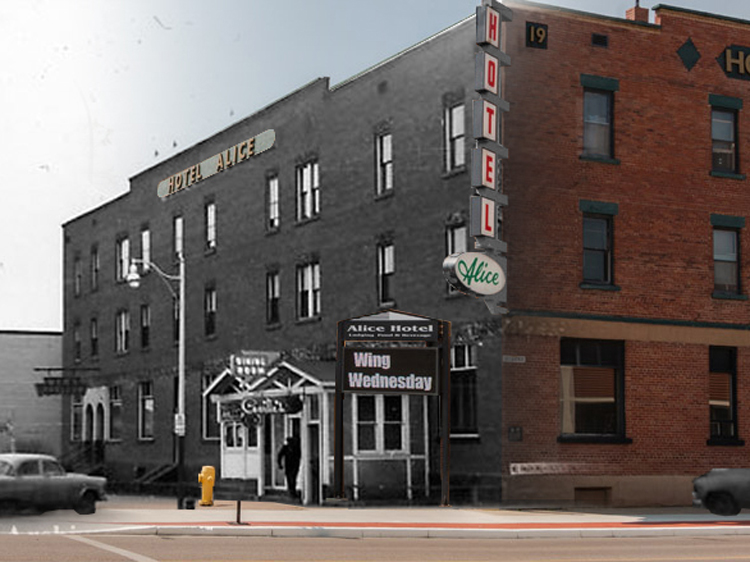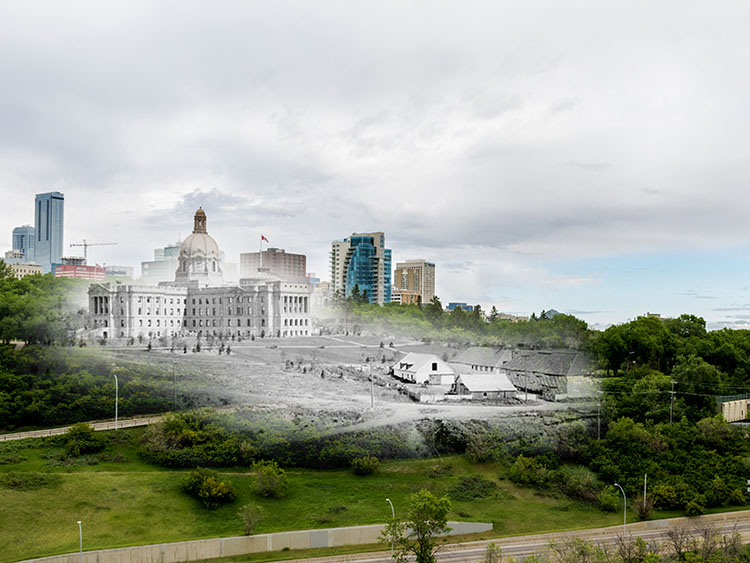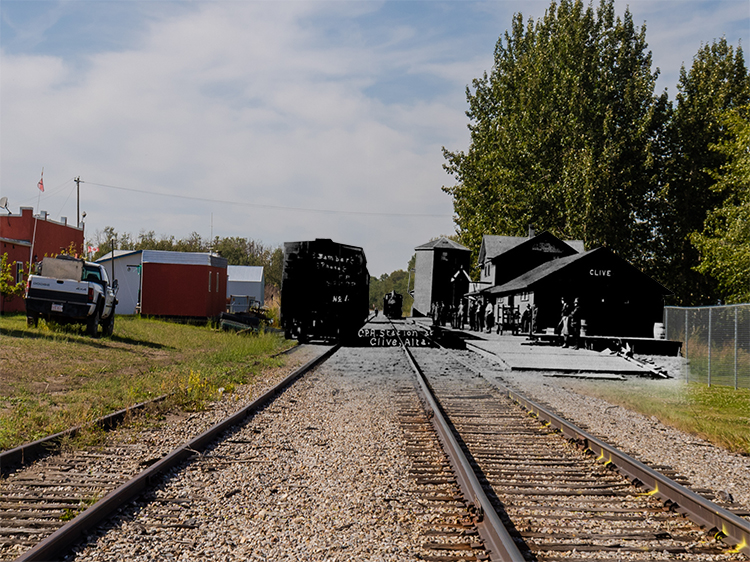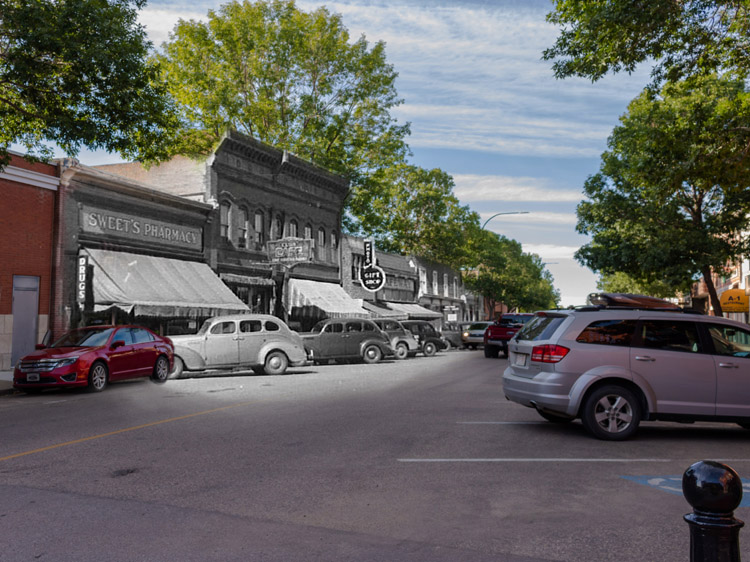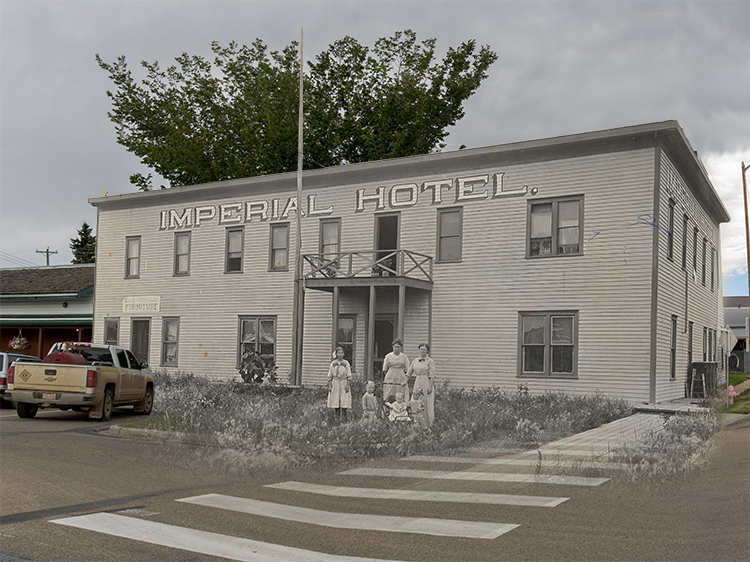Partner City
Millet
A Community in Bloom
Since time immemorial, the area around modern-day Millet has been home to the Cree people. The Cree travelled through this area extensively to follow the buffalo's grazing patterns. The area falls under Treaty 6 which stretches across Alberta and Saskatchewan. It was signed between the Canadian Crown and Cree, Nakoda, and Ojibwa in 1876. Europeans came to the Millet area first as fur traders. They followed trails and footpaths that had been walked by Indigenous Peoples for generations. Missionary John McDougall widened these trails to make a cart trail from Fort Edmonton to his mission at Morley, Alberta in 1873. This cart trail swiftly became one of the main routes between Edmonton and Calgary and soon hosted stagecoach traffic for rail passengers heading north after disembarking the new CN Rail station at Calgary. The CN Rail arrived in 1883, followed by the Canadian Pacific Railway, which reached Strathcona in 1891. The CPR brought families of settlers who began to take up homesteads near Millet. Before the arrival of the railroad, Millet was little more than a fur trade store run by trader Ben Slaughter. When the railway reached the area, buildings began to grow around the old fur trade supply store. The growing community was named after August Millet, a canoe man for Father Lacombe who sold furs to Ben Slaughter. In 1899, entrepreneur and land agent P. J. Mullen settled in the Millet area and began an extensive campaign to market the land's potential to prospective settlers, and was hugely successful. The village grew into the early 20th century, surviving a devastating fire in 1927 that destroyed many of the buildings on the east side of Railway Street (50th Street). Finally, in 1983, Millet achieved Town status. Today, Millet has a population of around 2000 people and prides itself on its beautiful setting and national awards in the Communities in Bloom competition.
We honour and acknowledge the traditional lands of Treaty 6 upon which Millet is located. This is the traditional territory of the Maskwacis Nēhiyaw (Bear Hills Cree), Niitsítapi (Blackfoot), Nakoda (Stony), Dene (Athabascan), Métis, and many other distinct Indigenous Peoples
Explore
Millet
Then and Now Photos
Stopping at the Mercantile
Millet & District Museum & Archives mil-1-490
ca. 1903-1913
Horses and buggies park outside the Millet Mercantile Co.
Going for a Drive
Millet & District Museum & Archives mil-1-85
ca. 1925
A Ford Model T drives towards the photographer on Alberta Street (50th Ave). The street is lined with businesses from left to right they are the: telephone office, a private residence, The Millet Hotel, and the bank. On the right side of the street from right to left are John West's house, Millet Mercantile Co, Karr Bros. Store.
South on Main Street
Millet & District Museum & Archives mil-1-138
1938
This photo looks south down a quiet Main Street. The shot was taken by photographer William Harry Bamber from Coburg, Ontario. He later relocated with his family to Michigan Centre, south of Leduc, Alberta in 1896 where the family took up a homestead. In 1912 he built a studio under the name Bamber Studio in Edmonton. Photography was the family business, and Bamber closed his own studio during World War Two in order to run his son's photography business while he was serving overseas. Bamber's wife and daughter also managed a studio in Calgary during the war for another soldier. In 1947 the Bambers all returned to Leduc where William Bamber re-opened his studio and ran it until his retirement in 1964.
Grain Elevators
Millet & District Museum & Archives mil-1-120
ca. 1945-1955
A view from the west side of Main Street (50 Street) looking towards service stations and a row of grain elevators on the east side of the street.
Community Library
Millet & District Museum & Archives mil-1-80
ca. 1963-1980
James R. (Jim) Mullen, son of South Dakota land agent P. J. Mullen, used this office for his work as an insurance agent. In 1953, Jim Mullet stepped up to lend a room in his office to house a small library, Millet's first. His wife, Mary E. Mullen also contributed by becoming the town's first librarian. The building was demolished in the 1970s.
Shops and Services
Millet & District Museum & Archives mil-1-121
1952
This photo offers a closer look at some of the business on 49th. From left to right are Barth's Billiards and Barber Shop, the Massey Harris office and showroom, C. M. Gardiner's Red & White Store and the Imperial Bank of Canada across 50th Ave. The building housing the Massey Harris office torn down five years after this photo was taken in 1957 after standing vacat for several years.

